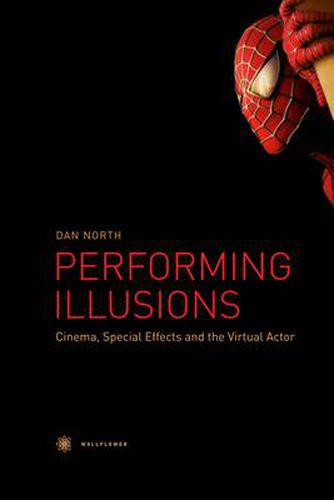Readings Newsletter
Become a Readings Member to make your shopping experience even easier.
Sign in or sign up for free!
You’re not far away from qualifying for FREE standard shipping within Australia
You’ve qualified for FREE standard shipping within Australia
The cart is loading…






The camera supposedly never lies, yet film’s ability to frame, cut and reconstruct all that passed before its lens made cinema the pre-eminent medium of visual illusion and revelation from the early twentieth century onwards. This volume examines film’s creative history of special effects and trickery, encompassing everything from George Melies’ first trick films to the modern CGI era. Evaluating movements towards the use of computer-generated ‘synthespians’ in films such as Final Fantasy: the Spirits Within (2001), this title suggests that cinematic effects should be understood not as attempts to perfectly mimic real life, but as constructions of substitute realities, situating them in the cultural lineage of the stage performers and illusionists and of the nineteenth century. With analyses of films such as Destination Moon (1950), Spider-Man (2002) and the King Kong films (1933 and 2006), this new volume provides an insight into cinema’s capacity to perform illusions.
$9.00 standard shipping within Australia
FREE standard shipping within Australia for orders over $100.00
Express & International shipping calculated at checkout
The camera supposedly never lies, yet film’s ability to frame, cut and reconstruct all that passed before its lens made cinema the pre-eminent medium of visual illusion and revelation from the early twentieth century onwards. This volume examines film’s creative history of special effects and trickery, encompassing everything from George Melies’ first trick films to the modern CGI era. Evaluating movements towards the use of computer-generated ‘synthespians’ in films such as Final Fantasy: the Spirits Within (2001), this title suggests that cinematic effects should be understood not as attempts to perfectly mimic real life, but as constructions of substitute realities, situating them in the cultural lineage of the stage performers and illusionists and of the nineteenth century. With analyses of films such as Destination Moon (1950), Spider-Man (2002) and the King Kong films (1933 and 2006), this new volume provides an insight into cinema’s capacity to perform illusions.